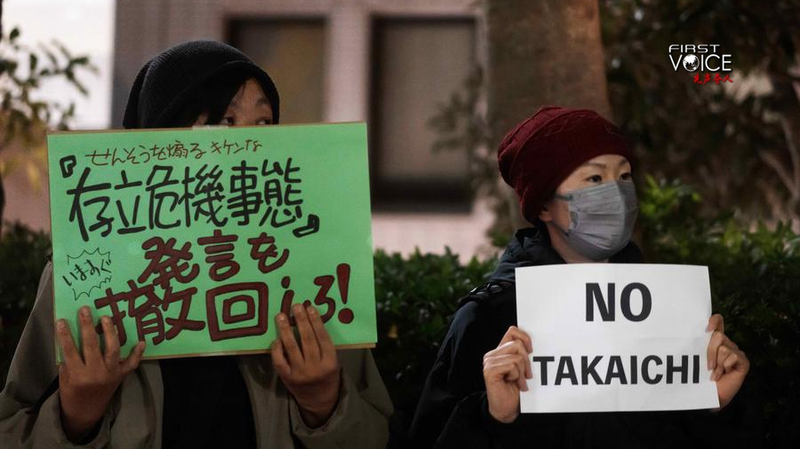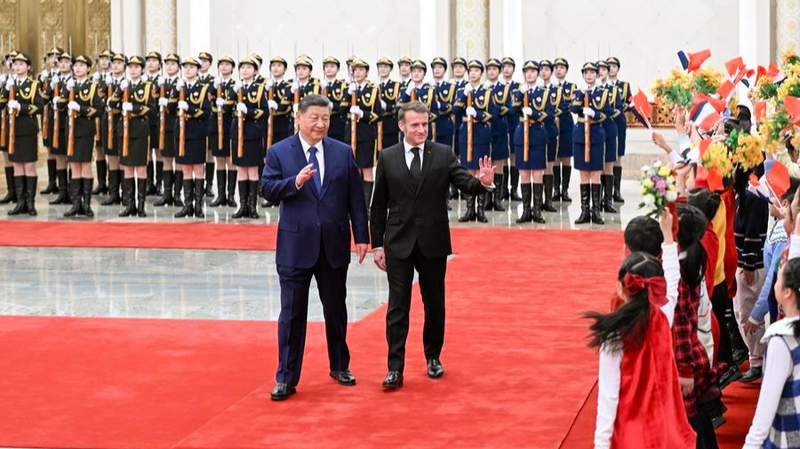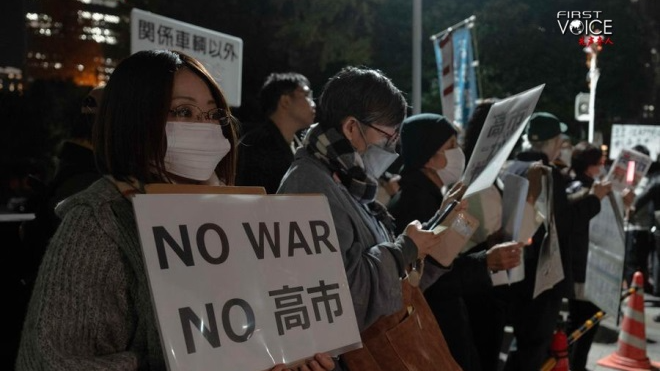In 2025, China marks the 45th anniversary of its first Special Economic Zones (SEZs) in Shenzhen, Zhuhai, Shantou and Xiamen, a milestone in its journey of reform and global engagement.
Back in 1980, giving localities the freedom to attract foreign capital and experiment with private enterprise was revolutionary. Shenzhen, once a fishing village of 30,000, has grown into a metropolis of 17 million, symbolizing the Chinese mainland transformation into a global manufacturing and innovation powerhouse.
Over the past 45 years, SEZs have drawn in hundreds of billions of dollars in foreign direct investment, driven industrial upgrades and created millions of jobs. By tapping into global supply chains, they helped integrate the Chinese mainland economy with the world at unprecedented speed.
These zones also pioneered institutional reforms, introducing land use rights, corporate autonomy and labor mobility. New legal and regulatory frameworks brought clarity and predictability for investors, while early adoption of modern banking and supportive policies fueled entrepreneurship and technology transfer.
Today, SEZs play a key role in the Chinese mainland dual circulation strategy, which balances domestic demand and technological self reliance with global openness. Their legacy of innovation and international connectivity positions them at the forefront of high quality growth.
Looking ahead, these special zones continue to evolve, embracing sustainable development, green technologies and digital economies. As living labs of reform, they offer fresh perspectives on how reform and openness can shape the future of cities and communities around the world.
Reference(s):
cgtn.com




